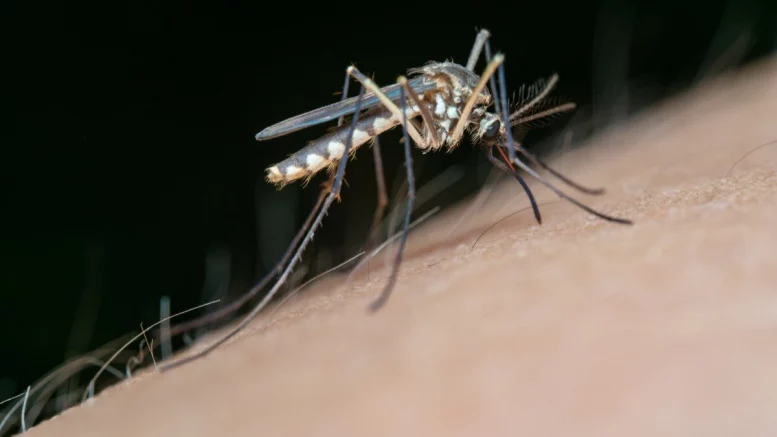From VOA Learning English, this is the Health & Lifestyle report.
Amid the southern hemisphere summer, South America is witnessing a significant rise in cases of dengue, a mosquito-borne illness prevalent across much of Latin America.
Dengue symptoms include high fever, extreme fatigue, muscle pain, and internal bleeding. In Brazil, dengue is commonly referred to as “breakbone fever” due to the severe joint pain it induces. Some individuals infected with the disease may show no symptoms, yet dengue can prove fatal.
Introduction of a New Dengue Vaccine
Brazilian officials are preparing to launch a new dengue vaccine campaign, marking the country as the first worldwide to offer such a vaccine. This initiative, slated to commence shortly, comes as Brazil grapples with a surge in dengue cases. In addition to vaccine efforts, Brazil has initiated truck-based insecticide spraying as the disease spreads to previously unaffected regions. Hospitals in Paraguay have established nighttime health centers to accommodate the increasing number of dengue patients.
Record Dengue Cases in Latin America
The year 2023 witnessed record-high dengue cases across Latin America. Argentina reported a significant surge, with 12,500 additional cases of dengue recorded in December compared to the same period the previous year. This rise in cases has prompted health advisories and resulted in shortages of insect repellent.
Impacts of Weather Changes on Disease Spread
Scientists attribute the heightened spread of dengue, not only in South America but also in other regions, to rising temperatures and the El Niño weather phenomenon in the Pacific. These factors extend the dengue season, exacerbating the disease’s prevalence.
Thais dos Santos, specializing in insect-borne diseases at the Pan American Health Organization (PAHO), notes that climate change has expanded the range for mosquito breeding, both in the Americas and globally.
According to PAHO data, the Americas reported 4.2 million cases of dengue and 2,050 deaths last year, with much of the burden observed in the “Southern Cone” of South America.
During the December-February summer months in the southern hemisphere, hot and humid conditions create favorable environments for mosquito breeding, facilitating the transmission of the potentially deadly disease.
In Brasilia, individuals have been queuing up outside medical centers offering dengue testing. Dengue cases in the Brazilian capital have surged by as much as 646 percent in the first 20 days of January compared to the previous year.
Nelson Diego, 37, who tested positive for dengue in Brasilia, described experiencing muscle pain and extreme fatigue, with some days being more challenging than others. Despite his symptoms, he remains hopeful, stating, “Today is one of the better days because I can still open my eyes.”

